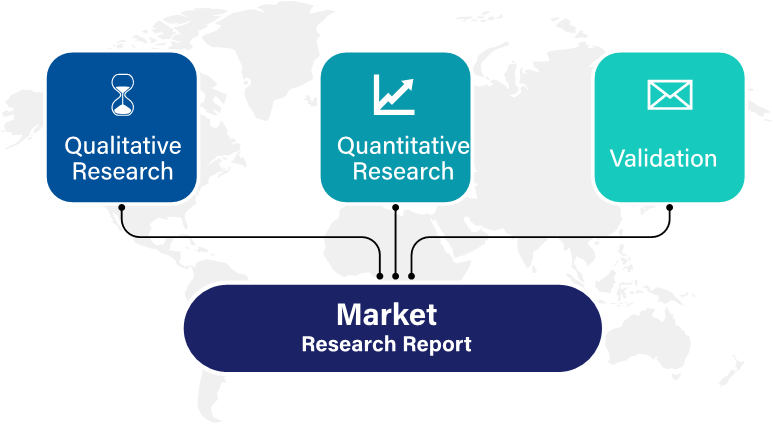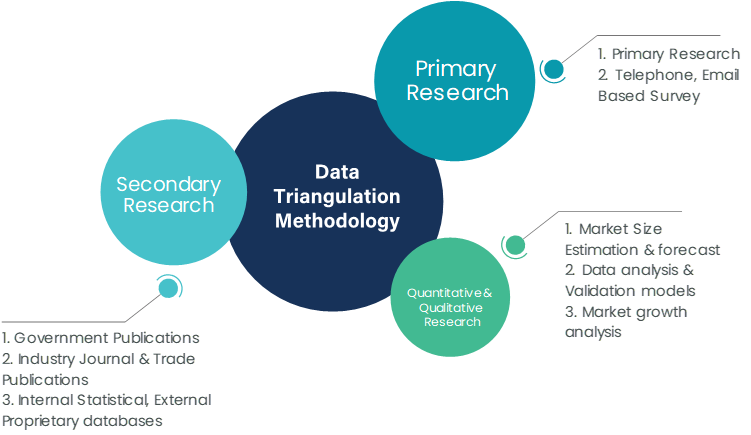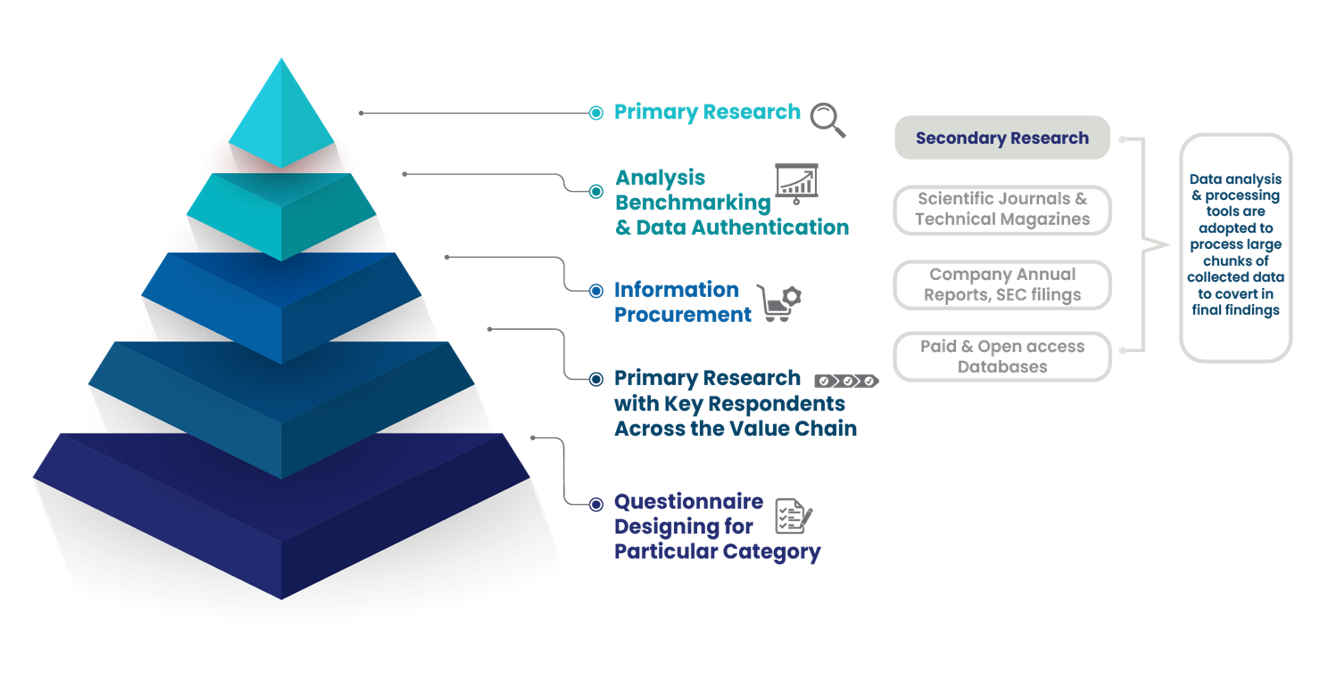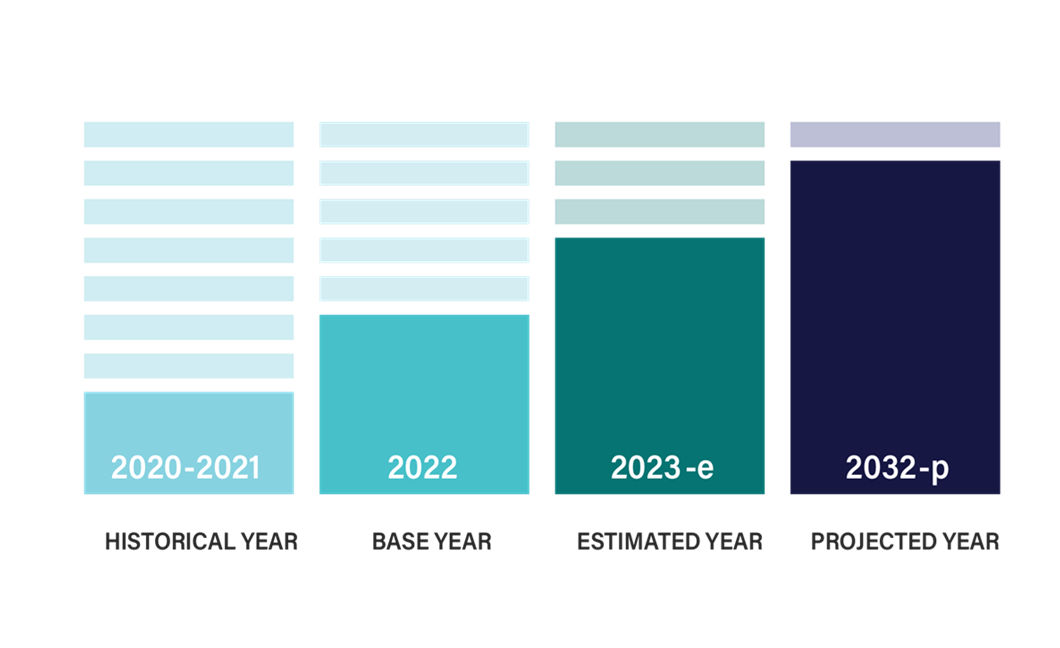

The military vehicle sustainment market is a critical component of defense strategies worldwide, ensuring operational readiness and extending the lifecycle of military vehicles. This report by International Market Research (IMR) explores the key drivers, market dynamics, and projections for the military vehicle sustainment market from 2024 to 2031.
Market Overview
The global military vehicle sustainment market was valued at approximately USD 17.6 billion in 2023. It is expected to grow at a compound annual growth rate (CAGR) of 5.2%, reaching USD 26.9 billion by 2031. This growth is driven by rising geopolitical tensions, increasing military budgets, and advancements in maintenance technologies.
Military vehicle sustainment encompasses maintenance, repair, overhaul, and modernization (MRO&M) activities that ensure vehicles remain combat-ready. From light tactical vehicles to heavily armored tanks, sustainment activities cover a wide range of military assets.
Market Drivers
1. Aging Fleet Modernization
Many nations are grappling with aging military vehicle fleets that require extensive maintenance and upgrades to remain operational. Modernization initiatives, such as the integration of advanced electronics and armor systems, are fueling the demand for sustainment services.
2. Rising Defense Budgets
Countries such as the United States, China, and India have significantly increased their defense spending, with a substantial portion allocated to sustainment activities. In 2023, global military spending reached USD 2.2 trillion, a 3% increase from the previous year, underscoring the importance of sustainment in military readiness.
3. Operational Readiness Requirements
Frequent deployment of military vehicles in conflict zones, peacekeeping missions, and disaster response operations necessitates regular maintenance and repair. Ensuring high operational availability is a top priority for defense forces worldwide.
4. Technological Advancements
The adoption of predictive maintenance, Internet of Things (IoT)-enabled sensors, and data analytics is transforming the sustainment market. These technologies enable real-time monitoring and proactive maintenance, reducing downtime and costs.
Market Challenges
While the military vehicle sustainment market shows robust growth prospects, it faces several challenges:
Market Segmentation
The military vehicle sustainment market can be segmented by type, vehicle category, and region:
By Type
By Vehicle Category
By Region
Competitive Landscape
The military vehicle sustainment market is highly competitive, with key players focusing on innovation, partnerships, and government contracts to gain a competitive edge. Prominent companies include:
These companies are leveraging advanced technologies such as augmented reality (AR) for training and predictive analytics for maintenance planning.
Emerging Trends
1. Predictive Maintenance
The integration of IoT-enabled sensors and AI-powered analytics is revolutionizing vehicle sustainment. Predictive maintenance minimizes downtime by identifying potential failures before they occur, enhancing operational efficiency.
2. Additive Manufacturing (3D Printing)
3D printing technology is being increasingly used to manufacture spare parts on-demand, reducing supply chain dependencies and repair times.
3. Autonomous Vehicle Sustainment
With the rise of autonomous military vehicles, sustainment activities are evolving to include software updates, cybersecurity measures, and AI system diagnostics.
4. Sustainability Initiatives
Military organizations are adopting eco-friendly practices, such as recycling vehicle components and using energy-efficient systems, to align with global sustainability goals.
Future Outlook
The military vehicle sustainment market is poised for substantial growth over the next decade, driven by modernization efforts, technological advancements, and rising defense spending. Key trends to watch include the adoption of digital twin technology, the rise of autonomous vehicle sustainment, and increased collaboration between defense contractors and technology firms.
Regional Highlights
Projections
By 2031, the Asia-Pacific region is expected to capture a 32% share of the global market, with North America accounting for 35%. Armored vehicles will remain the largest segment, contributing over 45% of market revenue.
Conclusion
The military vehicle sustainment market is undergoing a transformation, driven by the need for operational readiness and technological innovation. While challenges such as high costs and supply chain disruptions persist, advancements in predictive maintenance, additive manufacturing, and sustainability practices offer promising solutions.
As the market evolves, stakeholders must adopt a proactive approach, leveraging cutting-edge technologies and strategic partnerships to stay ahead in this dynamic landscape. International Market Research (IMR) remains committed to providing actionable insights and forecasts to help businesses and defense organizations navigate the complexities of the military vehicle sustainment market.
International Market Research follows a comprehensive research methodology dedicated to offering the most accurate market estimation and analysis. It leverages a data triangulation methodology to estimate the market dynamics and deliver precise estimations. The company exploits a combination of top-down and bottom-up approaches for classifying and assessing quantitative aspects of the market.

This research study is based on exhaustive quantitative and qualitative analysis.
The Quantitative analysis involves numerous models, mathematical tools, projection, and sampling techniques. It encompasses the following steps:
Recognize market variables and derive market size.
Valuation of prospects, opportunities, and market penetration rates by analyzing Application Predictive Maintenance Solutionzation, regional trends, etc.
Gauge historical market trends and derive present and future year-on-year growth trends
The qualitative analysis covers briefing about market dynamics and business opportunities and strategies. Lastly, all the research findings are authenticated over interviews with in-house industry experts, freelance consultants, and key opinion leaders, etc.


The preliminary raw data and relevant information are acquired via different sources such as secondary findings, trade surveys, and in-house repositories. Technical issues and trends are attained from technical symposia, surveys, and trade journals. Market dynamics such as driving factors, restraints/challenges, pricing trends, and opportunities are also collected using extensive secondary research via paid and open access data sources.
This info is then filtered to make sure that the related data including market trends, industry dynamics, and outlook is retained for the further research End-user. Data is constantly filtered to confirm that only authenticated sources are measured.
It comprises analysis & mapping of all the data gathered from the above step. It also includes the analysis of data differences observed across numerous data sources and arrives at final data points to be used for final calculations.
This step involves data End-user using various models, mathematical tools, projection, and sampling techniques to derive market findings. It also involves the placement of data points at suitable market spaces to gather viable conclusions.
Market estimates and forecasts are derived via simulation models. Collected data for market dynamics, Propulsion Type sets, pricing trends, and Type development is fed into the model and evaluated simultaneously. These factors are studied on a comparative basis, and their influence over the prediction period is quantified by means of regression, correlation, and time-series exploration. Analyst viewpoint & subject matter expert-based heuristic form of market sizing also plays an essential part in this step.
Some of the parameters measured as a part of the statistical model are:
Macro-economic indicators
Micro-economic indicators
Socio-political indicators
Environmental indicators
Propulsion Type indicators
Validation End-user aids to finalize data points to be used for final calculations. Primary Interviews are conducted to authenticate the data and analysis.
Primary research includes questionnaire-based research, email interactions, online surveys, and telephonic interviews. Interviewees are approached by prominent companies across the value chain including suppliers, Propulsion Type providers, domain experts, and buyers to ensure a holistic and unbiased picture of the market.
Industry participants involved in this research study include:
CEOs, VPs, market intelligence managers
Procuring and national sales managers technical personnel, distributors, and resellers
Research analysts and key opinion leaders from various domains
Our research methodology includes an ideal combination of primary and secondary initiatives.

Source: International Market Research Analysis, 2024
It involves company databases such as Hoover's: This assists us to recognize financial information, the structure of the market participants, and the industry competitive landscape.
The secondary research sources referred to in the End-user are as follows:
Supply Chain and Inventory Managemental bodies, and organizations creating economic policies
National and international social welfare institutions
Company websites, financial reports and SEC filings, broker and investor reports
Related patent and regulatory databases
Statistical databases and market reports
Corporate Presentations, news, press release, and specification sheet of Manufacturers
Open access and paid data sources:
Eurostat
Statista
OneSource
Plastemart
WHO and World Bank
ITU
Factiva
Hoovers
Primary research includes online surveys and telephonic interviews.
Means of primary research: Email interactions, telephonic discussions, and questionnaire-based research, etc.
To validate our research findings and analysis, we conduct primary interviews of key industry participants. Insights from primary respondents help in validating the secondary research findings. It also develops Research Team’s expertise and market understanding.
Industry participants involved in this research study include:
CEOs, VPs, market intelligence managers
Procuring and national sales managers technical personnel, distributors, and resellers
Research analysts and key opinion leaders from various domains
We employ of following parameters in the absence of concrete data sources:
We assign weights to various parameters and quantify their market influence with the help of weighted average analysis, to derive an expected market growth rate
Income distribution, purchasing pattern, per capita income, and other end-user associated parameters
GDP, inflation rate, per capita disposable income, etc.
Expenditure, financial policies of the country, infrastructure and sector growth, and facilities

Source: International Market Research Analysis, 2024
International Market Research(IMR) is global leader in Market Research & Consulting services.